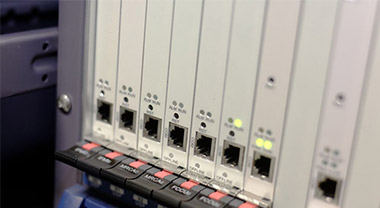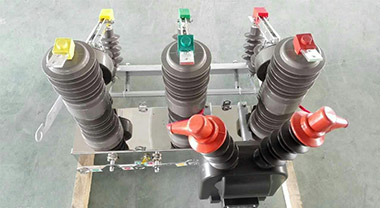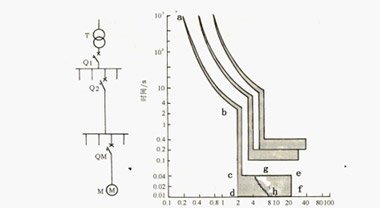Principle diagram of low voltage circuit breaker
A circuit breaker is a switching device capable of closing, carrying and breaking current under normal loop conditions and closing, carrying and breaking current under abnormal loop conditions within a specified time. The circuit breaker is generally composed of a contact system, an arc extinguishing system, an operating mechanism, a trip unit, and a housing. Circuit breakers are divided into high-voltage circuit breakers and low-voltage circuit breakers according to their scope of use. The division of high and low voltage is relatively fuzzy. Generally, circuit breakers above 3KV are called high-voltage electrical appliances.
Working principle of circuit breaker
The working principle of the circuit breaker is that when a short circuit occurs, the magnetic field generated by the large current overcomes the reaction force spring, the release pulls the operating mechanism, and the switch instantaneously trips. When overloaded, the current becomes larger, the heat generation increases, and the bimetal deforms to a certain extent to push the mechanism to move. The larger the current, the shorter the action time. The circuit breaker has an electronic type. The current of each phase is collected by a mutual inductor and compared with the set value. When the current is abnormal, the microprocessor sends a signal to make the electronic release drive the operating mechanism.


The role of circuit breakers
Circuit breakers can be used to distribute electric energy, start asynchronous motors infrequently, and protect power lines and motors. When they are severely overloaded, short circuit, or undervoltage, the circuit breaker can automatically cut off the circuit. Its function is equivalent to The combination of fuse switch and overheating relay, etc., generally does not need to change parts after breaking the fault current.




